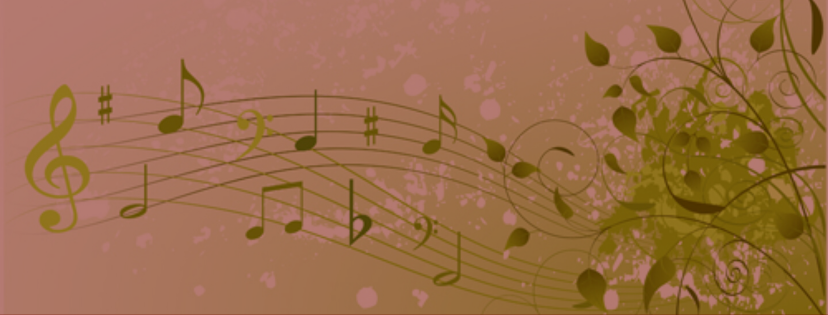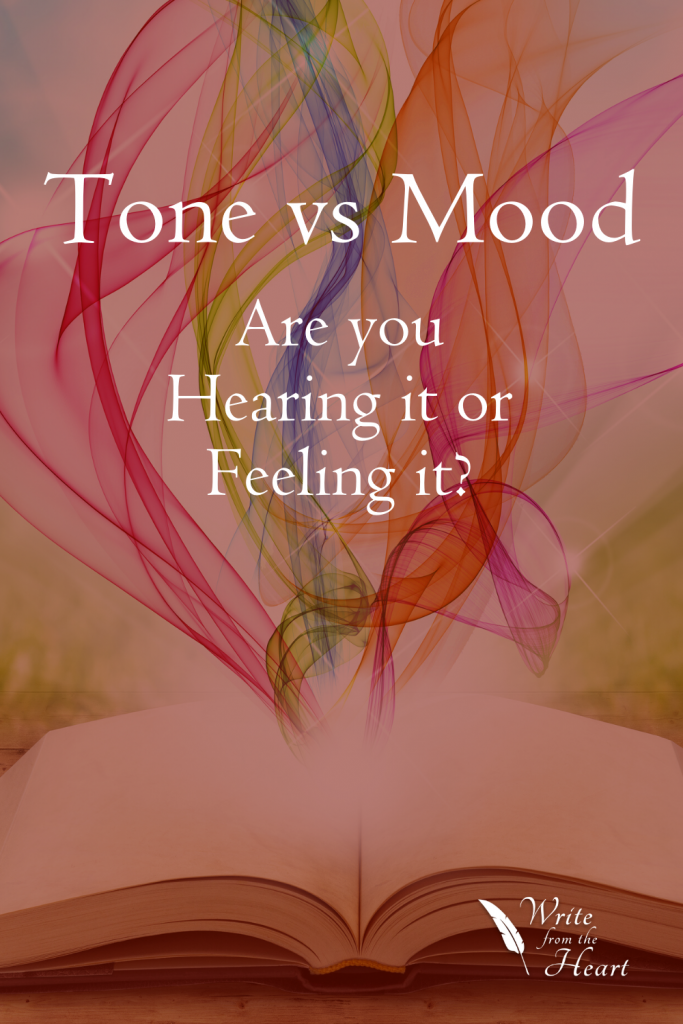
Tone and mood in writing are literary tools that create reactions in us as readers. So being a conscientious reader can make you a better writer. When you think about what you’re reading as you read, you absorb so much more information than when you just skim through. Your brain has a chance to turn things over and really consider what it’s storing, and you’ll begin to make stronger and more creative choices in your own writing.
As a thinking audience, you should always evaluate two elements of literature: tone and mood.
These elements help you understand the goal of the author and your reaction as the reader. You can tell the two apart by remembering this: tone is something you hear; mood is something you feel.
Tone
Tone is the “sound” in the author’s voice. It’s the opinion or feeling of the author.
As a reader, try to be mindful of the tone of a work. It can have a huge impact on the way the main idea is received. For example, if you wanted to explain the dangers of riding a bicycle without a helmet, you might write something like this:
Some people hurt their heads in bicycle accidents.
Most readers would ignore a casual warning and decide to take their chances riding without a helmet. But, a sentence with more gravity could leave a lasting impression:
Serious injury can occur without the protection of a proper helmet.
The first two words are serious and injury, so it’s a lot easier for the reader to pay attention. They can recognize something saying, “You could get hurt!”
Those two example sentences show how tone comes from word placement, too, not just word accuracy. The note of danger in the first sentence doesn’t appear until the middle: “hurt their heads.” In the second, the danger is clear from the beginning, making the meaning more significant. Significance is the goal tone.

Mood
The mood is what you feel while reading. It’s how you feel the scene, its characters, the action taking place, or all of those things. Simply put, mood is the result of the tone. It’s the end product of all of an author’s hard work.
I hurried down the dark hallway, feeling sure someone was hiding in one of the doorways.
The tone of this sentence is clear. The author wants to portray a nervous or rushed feel to this scene, which contributes to the mood. The mood in the sentences is fear and self-preservation. It seeps out from “hurried,” “dark,” and “feeling sure someone was hiding.” It lets the reader know how to empathize with the speaker.
Both Tone and Mood in Writing
Tone and mood in writing are ways for the author and audience to communicate. Both affect the reader’s experience and have a huge impact on how we analyze the writing.
Remember: tone is how the author feels; mood is the reaction of the reader. Understand these, and you can better appreciate and understand your own thoughts as an audience and a practicing writer.
Learn more about analyzing tone, mood, and other literary devices with our Tools for Literary Analysis workshop intensive, a 4-week course that explains all of them in detail.


